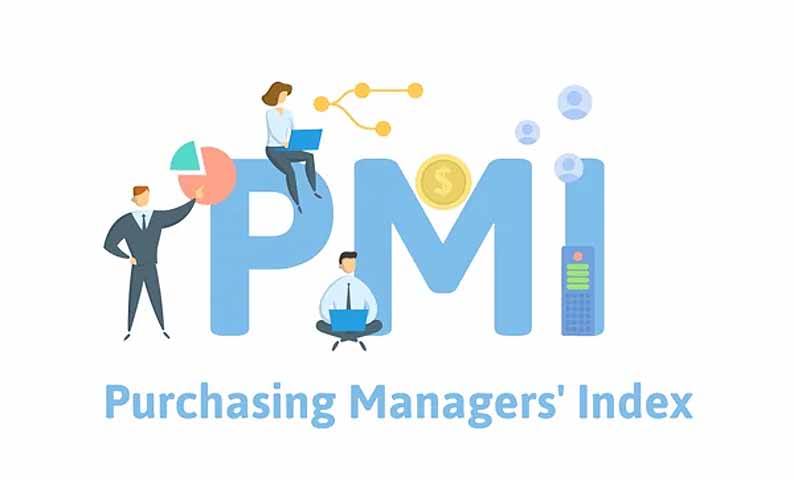By Craig Erlam
European stocks gave back the bulk of their gains Wednesday as flash PMI data points to a possible recession over the remainder of the year.
The UK readings were particularly stark, with both the services and manufacturing PMIs falling well short of forecasts and the former deep in contraction territory. What’s more, the weakness was widespread from new orders to hiring, which suggests we’re not just talking about a blip in the data, but rather the prospect of a recession in the second half of the year.
From the Bank of England’s perspective, there’s a lot within the data that will be viewed as encouraging, with slower employment resulting in less tightness in the labour market and lower prices paid across manufacturing and services sectors indicating easing inflationary pressures, in theory at least.
The surveys alone won’t be enough to convince the MPC and another rate hike in September looks a near-certainty. Beyond that, traders have been paring back expectations, with only one more priced in this year.
ECB may hold in September
The data from the eurozone was no more promising, particularly Germany – the bloc’s largest economy – which has had a harder year than most and looks likely to continue to do so going into next year.
There was a slight and unexpected improvement in the manufacturing number, albeit from a very low base and it still remains deep in contraction territory. But services contracted against expectations and the number was some way below forecasts and the July reading.
Interest rate probabilities were pared back in the eurozone, with traders viewing the meeting in a few weeks as a coin toss between standing pat and another 25 basis point hike. Another hike is far from guaranteed in the cycle and Wednesday’s data supports the case for pausing to see what impact past tightening has had.
PMIs see oil accelerate lower
Oil prices are drifting lower again on the back of the European PMIs, a sign that traders may have an eye on the Jackson Hole central bankers’ summit later this week.
Economic resilience has been a key feature globally this year, but we may finally be seeing interest rates taking their toll just as traders began to accept they may need to stay higher for longer.
Policymakers have been at the more hawkish end of the spectrum for some time and traders were increasingly coming around to the idea that rates won’t fall as soon or as quickly as they hoped.
Wednesday’s numbers may help the case for that not to be the case, but they’ll need to be backed up by plenty of hard data to convince central banks.
Energy supply restrictions have enabled prices to move into a higher range over the last month, but that will only be sustained as long as economies continue to display the kind of resilience they have until now.
Avoiding a recession was the goal of central banks but now it may be a case of aiming to keep it shallow.
A hawkish stance at Jackson Hole?
Gold has pared losses over the last few days to trade around $1,900, with traders eyeing Jackson Hole for hints about future monetary policy moves. The event has, on occasion, been used as a platform to communicate a significant shift in approach, and with the Fed and others nearing or at the end of their tightening cycles, there’s every chance it’s used in a similar manner again.
That said, the prospect of the Fed and others becoming suddenly dovish is not realistic. While they may indicate the tightening cycle is likely over, which would be a big shift in the communication, they will almost certainly push back at the prospect of rate cuts in the foreseeable future.
Considering gold has been forced lower by the prospect of higher rates for longer, it would likely take an attempt to cool that speculation to trigger a significant recovery.
Confirmation on the other hand may contribute further to its decline, potentially solidifying the break below $1,900.
Craig Erlam is Senior Market Analyst, UK & EMEA at OANDA
Opinions are the author’s, not necessarily that of OANDA Global Corporation or any of its affiliates, subsidiaries, officers or directors. Leveraged trading is high risk and not suitable for all. Losses can exceed investments.







